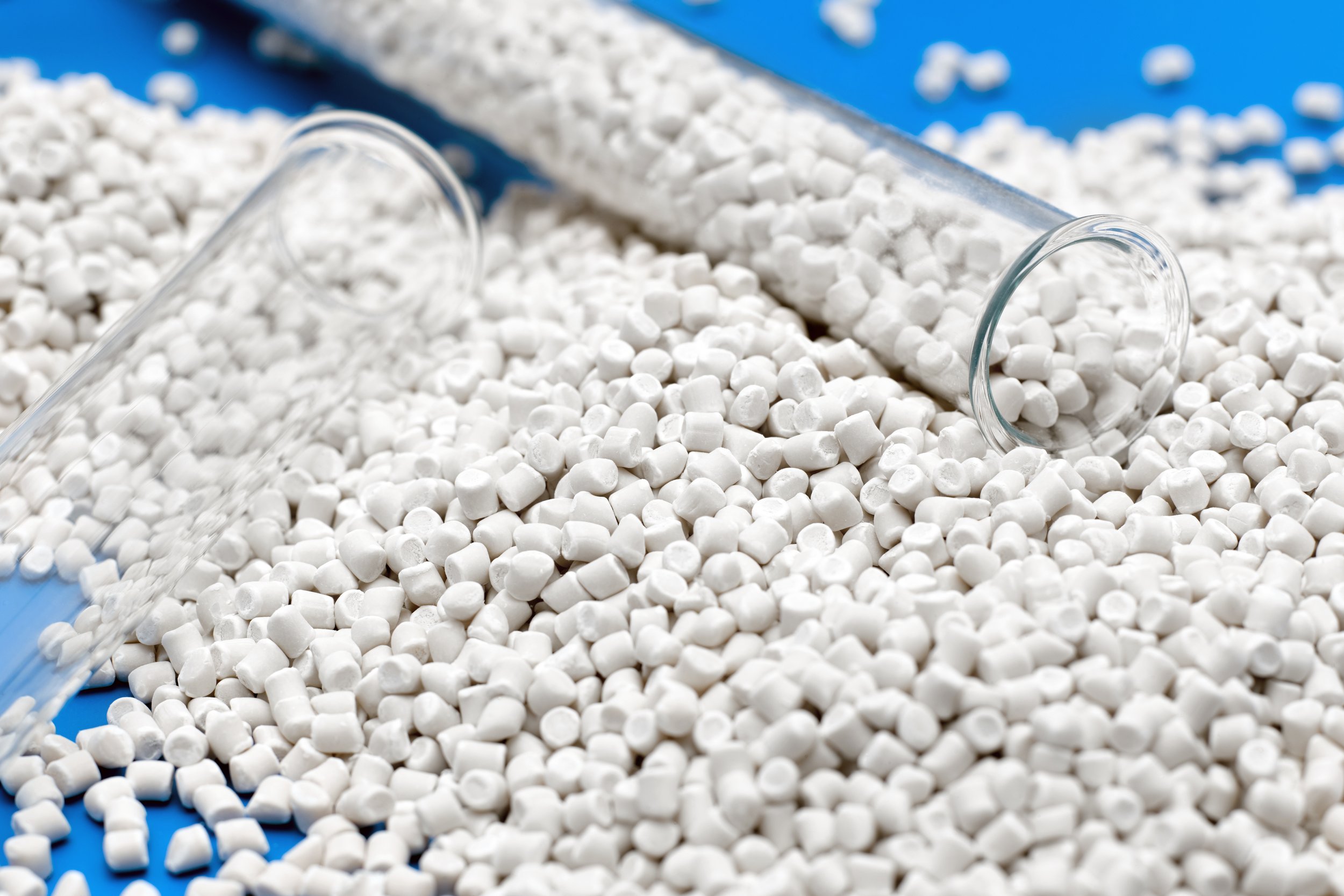
Overview of PHA Biopolymers
Polyhydroxyalkanoates (PHA) were first identified in the 1920s by a French scientist as naturally occurring polymers synthesized by certain bacteria. Over billions of years, these bacteria have evolved to store excess nutrients in the form of PHA, allowing them to endure prolonged periods of nutrient scarcity. The feedstock for PHA production is highly versatile, ranging from food waste and agricultural by-products such as sugars and oils to solid and liquid waste streams, including biogas sources like methane and CO₂. Essentially, any carbon-based material can serve as a nutrient source for these bacteria.
The most commonly used PHA production process is analogous to fermentation, similar to beer brewing. Under controlled conditions, bacteria are provided with their preferred nutrients, enabling them to convert biomass into PHA within approximately 48 hours. PHA can accumulate up to 75% of the bacterial cell mass, after which it is harvested and processed into raw PHA pellets.
As a compounded material, PHA can be engineered to replace polylactic acid (PLA) and even polyethylene terephthalate glycol (PETG) in applications requiring greater thermal stability. Its multiple end-of-life (EOL) pathways extend beyond conventional landfill disposal, offering more sustainable alternatives.

